In 2025, Kansas City, Tampa, and Columbus emerge as top mid-term rental markets, driven by strong RevPAR and yield percentages. Kansas City shows a 12.1% yield with $151.25 RevPAR, while Tampa’s $176.10 RevPAR appeals to corporate tenants despite rising listings. Columbus balances year-round demand with a 10.4% yield. Markets like Page, Arizona, with $188.72 RevPAR, attract high-value travelers in low-competition areas. Exploring further reveals strategies to maximize returns in these thriving markets.
Key Takeaways
- Kansas City, Missouri offers a 12.1% yield and $151.25 RevPAR, driven by tourism and stable rental demand.
- Page, Arizona has high profitability with a $188.72 RevPAR and low competition for mid-term rentals.
- Tampa, Florida features a strong $176.10 RevPAR, though rising listings may impact occupancy rates.
- Columbus, Ohio ensures balanced demand with a $147.34 RevPAR and 10.4% yield, despite increasing listings.
- Montgomery, Alabama shows a 11.3% yield but faces risks from 28.9% active listing growth.
Understanding Mid-Term Rental Market Trends in 2025
As mid-term rental markets evolve by 2025, you’ll see significant growth driven by demand from travel nurses, remote workers, and corporate relocations. Healthcare hubs like San Diego and Columbus will remain prime locations, offering reliable occupancy rates due to their robust infrastructure. Metropolitan areas such as Kansas City and Tampa will attract tenants seeking temporary housing for corporate assignments, making them strong investment choices. The rise of digital nomadism will further expand opportunities, with cities offering high-speed internet and remote work amenities gaining traction. When conducting market analysis, you’ll find that understanding these trends provides valuable insights for real estate investing. Monitoring key factors like RevPAR and yield percentages will help identify markets with sustainable growth potential. By focusing on these dynamics, you can position yourself to capitalize on mid-term rentals, which are increasingly becoming a lucrative segment of the real estate market. Economic indicators such as GDP growth and employment rates will also play a crucial role in shaping the mid-term rental landscape.
Key Metrics for Evaluating Mid-Term Rental Markets
RevPAR analysis helps you gauge market demand by combining occupancy rates and ADR, revealing potential earnings trends. Yield percentage insights let you assess return on investment by comparing annual revenue to property value, identifying high-performing markets. Monitoring listing growth impacts guarantees you avoid oversaturated areas, which can erode occupancy and profitability. Understanding rental market dynamics ensures accurate pricing strategies and maximizes long-term financial success.
RevPAR Analysis
Revenue Per Available Room (RevPAR) serves as a key metric for evaluating mid-term rental markets by combining occupancy rates and average daily rates (ADR) to assess potential earnings. For investors looking to maximize returns, analyzing RevPAR provides insights into market performance and profitability potential. A higher RevPAR indicates strong demand and pricing power, while growth trends highlight emerging opportunities. Consider the following RevPAR-driven insights:
- Kansas City, Missouri: RevPAR of $151.25 with a 13.8% increase signals robust demand driven by culinary and cultural tourism.
- Montgomery, Alabama: RevPAR of $102.99 with a 14.5% increase suggests rising interest but caution due to 28.9% listing growth.
- Page, Arizona: RevPAR of $188.72 and 62.1% occupancy reflects high profitability with lower competition.
- Market Comparison: Elevated RevPAR often correlates with higher potential revenue for rental properties.
Focus on markets with steady RevPAR growth to identify lucrative opportunities. The strong job market in cities like Atlanta and Houston further supports high RevPAR by attracting professionals seeking quality rentals.
Yield Percentage Insights
Yield percentage offers a straightforward way to measure the financial performance of mid-term rental markets by comparing annual revenue to median home prices. This metric helps real estate investors assess cash flow potential and identify markets where investment property can deliver high returns. For instance, Kansas City, Missouri, boasts a yield percentage of 12.1%, reflecting strong revenue generation driven by culinary and cultural tourism. Similarly, Montgomery, Alabama, achieves an 11.3% yield percentage due to its affordability, though market conditions like high listing growth may impact occupancy. Page, Arizona, with an 11% yield percentage, attracts high-value travelers with less competition, enhancing profitability. A yield percentage above 10% indicates a promising return on investment, making it a key factor in evaluating market attractiveness for mid-term rentals. Utilizing tools like the Long Term Rental Calculator can further refine financial projections and improve decision-making.
Listing Growth Impact
When evaluating mid-term rental markets, listing growth emerges as a critical metric that can greatly influence profitability and occupancy rates. A surge in listings often signals increased competition, potentially diluting demand and pressuring rental performance. For instance, Montgomery’s 28.9% listing growth raises concerns about oversaturation, while Kansas City’s -0.4% decline suggests a more stable market. Investors must analyze listing growth alongside other metrics like RevPAR and yield percentages to identify balanced opportunities. Consider these key points:
- Oversaturation risks: High listing growth, like Columbus’s 17.8%, may lead to lower occupancy rates.
- Market stability: Declining listings, as in Kansas City, can support higher occupancy and profitability.
- Yield correlation: Markets like Page, with 9.7% listing growth and an 11% yield, offer favorable conditions.
- Competition impact: Monitoring listing growth helps investors anticipate shifts in rental demand and pricing power.
- Investment diversification: Combining mid-term rentals with real estate crowdfunding can mitigate risks associated with market fluctuations.
Top Mid-Term Rental Markets for 2025

As the mid-term rental market evolves, certain cities are poised to outperform others in 2025, offering unique opportunities for investors. Kansas City, Missouri, stands out with a robust yield of 12.1% and a stable revenue per available rental property (RevPAR) of $151.25, driven by its growing tourism appeal. Tampa, Florida, offers a strong RevPAR of $176.10 and a yield of 9.3%, though its increasing active listings could challenge cash flows as competition rises. Columbus, Ohio, provides balanced demand year-round, with a RevPAR of $147.34 and a yield of 10.4%, despite a surge in listings. Montgomery, Alabama, boasts a yield of 11.3%, but its 28.9% listing growth may pressure occupancy rates. Page, Arizona, excels with a low-competition environment and a high RevPAR of $188.72, making it ideal for investors targeting high-value travelers. These housing markets present compelling investment prospects for 2025, with supply and demand dynamics playing a crucial role in their success.
Benefits of Mid-Term Rentals Over Short-Term and Long-Term Leases
You’ll often see increased rental income with mid-term rentals compared to long-term leases, as they strike a balance between cash flow and lease duration. With fewer turnovers than short-term rentals, you’ll reduce management effort and associated costs while maintaining steady occupancy. By targeting flexible tenant groups like traveling professionals, you’ll tap into a stable demand that avoids the volatility of shorter stays.
Increased Rental Income
Mid-term rentals frequently outperform both short-term and long-term leases in generating higher monthly rents, offering landlords a clear financial advantage. With consistent demand from professionals and travelers, these rentals allow property owners to maximize their average daily rates (ADR) while maintaining stable occupancy. Here’s why mid-term rentals are a superior rental investment:
- Higher ADR: Mid-term rentals often command premiums, with rates exceeding long-term leases by 20% in high-demand markets.
- Reduced Vacancies: Fewer turnovers mean fewer gaps in rental income, ensuring a steady cash flow.
- Enhanced Yields: Investors often see yields exceeding 10%, considerably higher than traditional long-term rentals.
- Market Flexibility: Shorter lease terms allow you to adjust pricing based on seasonal or local demand spikes.
- Lower Regulatory Risks: Unlike short-term rentals, mid-term rentals often face less competition and fewer regulatory hurdles, enhancing investment security.
Lower Management Effort
One of the standout advantages of mid-term rentals is the considerably reduced management effort compared to both short-term and long-term leases, a factor that directly impacts operational efficiency and profitability. With fewer tenant turnovers than short-term rentals, you’ll face less frequent changes, reducing the need for constant oversight and paperwork. A stable tenant base guarantees minimal disruption, enabling you to focus on other investments or revenue streams. Unlike short-term rentals, which demand hands-on management, mid-term rentals offer the flexibility to adjust rental rates in response to market conditions without the operational burdens of daily oversight. This balance allows you to generate passive income with lower management effort, making mid-term rentals a compelling option for investors seeking efficiency and profitability without the hassles of short-term or long-term leasing models.
Flexible Tenant Occupancy
By offering leases ranging from one to six months, mid-term rentals provide tenants with a level of flexibility that short-term vacation stays and long-term leases can’t match. This flexible tenant occupancy appeals to traveling professionals, such as travel nurses and corporate relocators, who need fully furnished accommodations without long-term commitments. Property owners benefit from steady demand, as mid-term rentals fill gaps between short-term and long-term leases, ensuring maximum occupancy rates. Here’s why mid-term rentals stand out:
- Adaptability: They cater to diverse tenant needs, from interns to seasonal workers.
- Reduced Turnover: Fewer tenant changes lower management costs compared to short-term rentals.
- Higher Cash Flow: Rates often exceed long-term leases while avoiding short-term volatility.
- Market Resilience: They thrive in fluctuating markets by targeting niche tenant groups.
Mid-term rentals strike a balance, offering security for tenants and profitability for owners.
Financing Strategies for Mid-Term Rental Investments
As the mid-term rental market gains traction, innovative financing strategies have emerged to meet investor demands, with Non-QM DSCR lenders offering flexible options that don’t require 12-month leases for qualification or refinancing. These financing options cater to savvy investors aiming to maximize income potential while maneuvering hybrid strategies that adapt to both mid-term and short-term rental dynamics. Traditional long-term lending methods often fall short, as they lack the flexibility needed for properties with fluctuating occupancy rates. Non-QM lenders, like Easy Street Capital, specialize in tailored solutions, enabling real estate investors to secure properties efficiently without rigid lease requirements. To assess financing opportunities, calculate a strong yield percentage by dividing annual revenue by the property’s median home price, ensuring a solid return on investment. Additionally, monitor active listing growth in your target markets to avoid oversaturation, which can erode occupancy rates and property values.
Target Tenants for Mid-Term Rentals
Many key tenant groups are driving demand in the mid-term rental market, offering landlords stable income streams and reduced turnover. Travel nurses, for instance, seek temporary housing near hospitals, making them a reliable tenant base in healthcare-heavy markets like San Diego. College interns also represent a significant segment, particularly in college towns such as Columbus, where students require flexibility during internships. Professionals relocating for jobs or temporary assignments further bolster the market, as they often prefer mid-term rentals over long leases. Additionally, individuals moving between homes choose these rentals for their adaptability, guaranteeing consistent occupancy in high-mobility areas.
- Travel Nurses: High demand in cities with major hospitals, offering predictable 3-6 month stays.
- Interns: Ideal in college towns, providing stable tenancy during academic or professional internships.
- Professional Workforce: Attracted to mid-term rentals for job relocations, guaranteeing a steady tenant pool.
- Moving Households: Prefer flexibility, reducing vacancy rates in dynamic housing markets.
These tenants guarantee consistent demand, making mid-term rentals a smart investment.
Platforms for Listing Mid-Term Rentals Effectively

How can landlords optimize their mid-term rental listings to attract reliable tenants? Start by leveraging platforms like Furnished Finder, which targets traveling professionals such as nurses with over 30,000 daily users. For broader reach, Airbnb allows you to set minimum stay requirements, adapting it for middle-term leases in seasonal markets. Alternatively, Corporate Housing By Owner (CHBO) caters specifically to corporate travelers, offering tailored listings for business professionals. A hybrid strategy of alternating between short and medium-term rentals on Airbnb can maximize revenue while meeting diverse tenant needs. Ascertain your listings include clear descriptions, high-quality photos, and competitive pricing to appeal to your target audience, whether it’s traveling nurses, interns, or corporate travelers. By strategically choosing platforms and optimizing your listings, you’ll attract reliable tenants and capitalize on the growing demand for mid-term rentals.
Conclusion
The mid-term rental market is expected to grow substantially by 2025, with demand increasing by 12% annually. This surge is driven by professionals, traveling nurses, and remote workers seeking flexible housing. Markets like Austin, Nashville, and Denver are poised to lead, offering robust returns for investors. Mid-term rentals balance favorable occupancy rates with higher revenue than long-term leases, making them a strategic choice. To maximize gains, focus on tenant needs and leverage platforms like Zillow and Furnished Finder.




